Metallic elements
Cutlery, metal alloy containers and utensils with silver or gold finishes must not be heated in the microwave oven, as an electric arc or sparking may occur that could damage the device.
We also do not recommend reheating food in foil: it blocks the action of microwaves, which can lead to fire.
Sealed packaging
Bottles, jars and vessels in vacuum packaging (for example, baby food) must not be heated in a microwave oven - the pressure will rise and the container may explode. Always remove the lids and pierce the bags, or better yet, put the food in a safe container.
Read also: 10 things that can't be stored on the countertop
Plastic containers
Many types of plastics, when heated, release toxins that can harm human health. We recommend that you do not use plastic containers for heating food in the microwave, even if the manufacturer is convinced that the material is safe. The fact is that a company that produces such products is not obliged to test it.
Yoghurts and other dairy products in thin-walled plastic cups not only emit harmful substances when heated, but also melt quickly, spoiling the contents.
Eggs and Tomatoes
These and other products with shells (including nuts, grapes, unpeeled potatoes) are capable of exploding when exposed to steam, which quickly accumulates under the shell or skin and does not find a way out. Such experiments threaten with the fact that the inner walls of the device will have to be washed for a long time and painfully.
Styrofoam packaging
This material retains heat well, which is why take-out food is often placed in foam containers. But if the treat has cooled down, we advise you to transfer it to earthenware, heat-resistant glass or ceramic dishes covered with glaze. Styrofoam releases toxic chemicals (such as bisenfol-A) that can lead to poisoning.
See also: 15 ideas for storing bags in the kitchen
Paper bags
Paper packaging, especially with printed paper, should not be heated in a microwave oven. It is highly flammable, and heated paint gives off harmful vapors that can enter food. Even the popcorn bag can catch fire if you overdo it. Parchment paper for baking is considered safe.
There is no ban on the use of disposable cardboard dishes in the microwave, but it is not suitable for long-term cooking. What happens if you reheat food in a wooden dish? Under the influence of microwaves, it will crack, dry out, and at high powers, it will char.
clothing
Microwaving wet clothes is not a good idea, nor is it "warming" your socks for warmth and comfort. The fabric is deformed, and in the worst case, it can flare up, taking the microwave oven with it. If the internal parts of the oven are of poor quality, they can overheat from the steam and melt.
The ban applies not only to clothing, but also to shoes! High temperatures cause the leather on the boots to swell and the sole to bend.
Some products
- Meat do not defrost in the oven, as it will warm up unevenly: it will remain damp inside, and the edges will be baked.
- If heated in the microwave dried fruits, they will not become softer, but rather lose moisture.
- Hot peppers when heated, it will release stinging chemicals - steam on the face will negatively affect the eyes and lungs.
- Microwave-defrosted fruits and berriesbecome useless, as vitamins are destroyed in them.
Nothing
Do not turn on the oven when it is empty - without food or liquid, the magnetron that generates microwaves begins to absorb them on its own, which leads to damage to the device and even a fire. Always check for food inside the appliance before turning it on.
Warm food in the microwave for health, but follow these rules. Proper operation of the device will extend the duration of its uninterrupted operation.

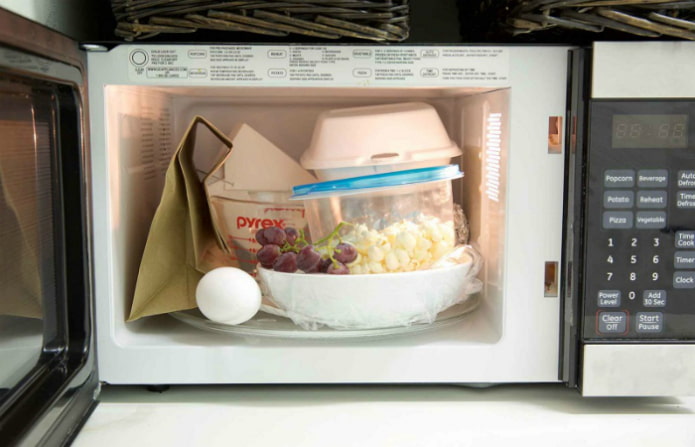
 10 practical tips for arranging a small kitchen in the country
10 practical tips for arranging a small kitchen in the country
 12 simple ideas for a small garden that will make it visually spacious
12 simple ideas for a small garden that will make it visually spacious
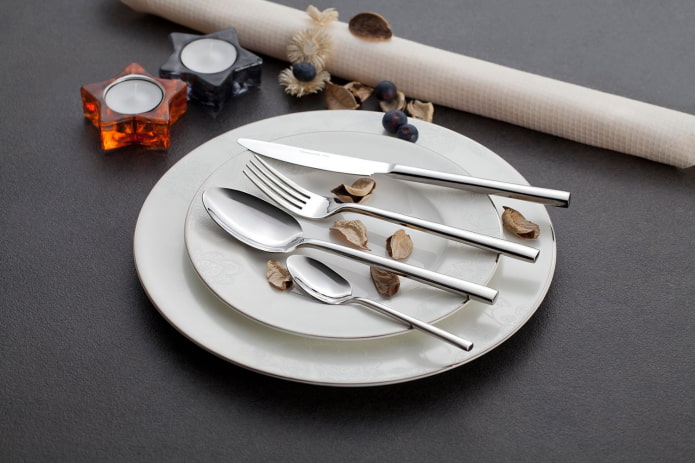
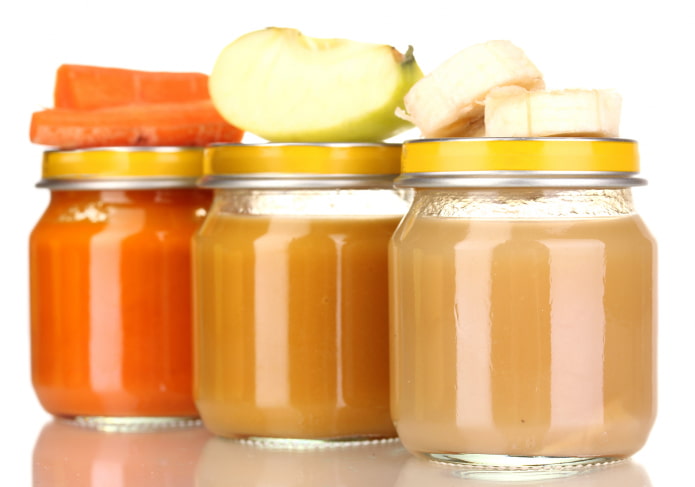

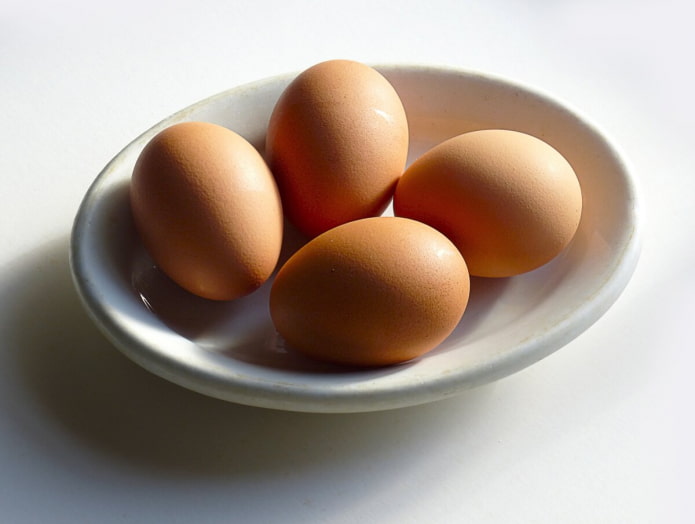
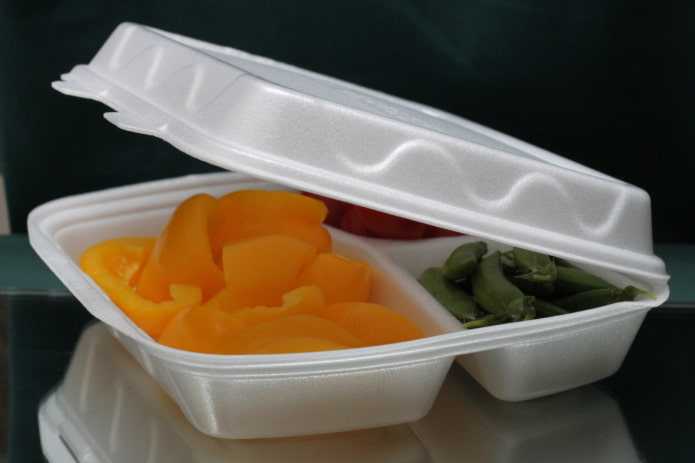
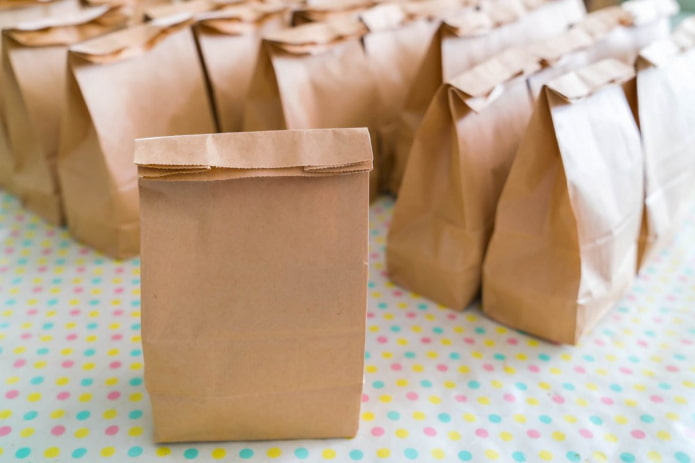
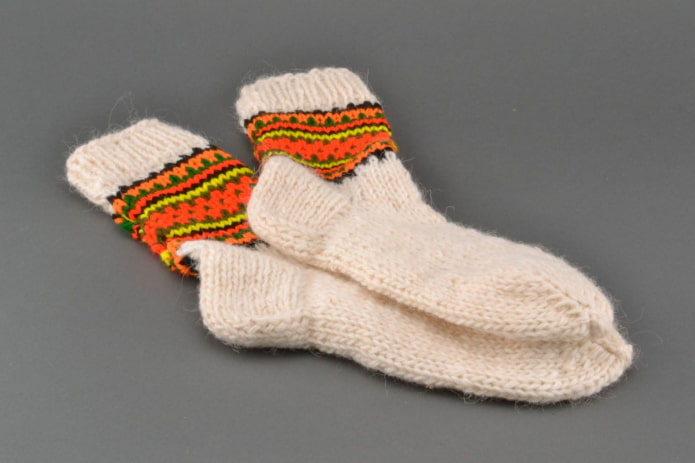
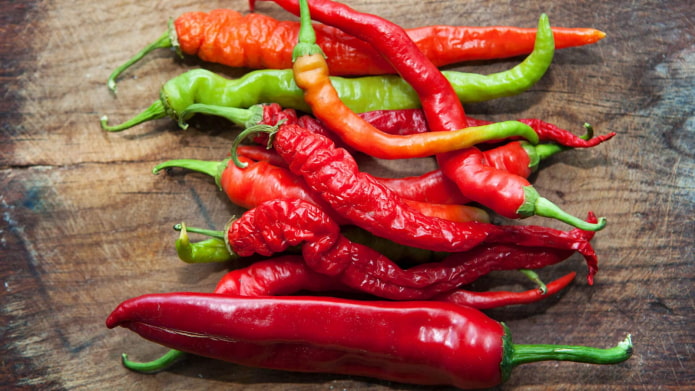
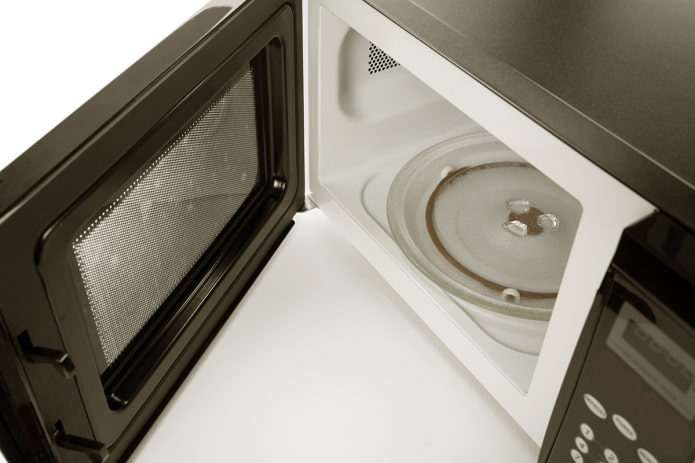
 How to choose the color of your kitchen sink?
How to choose the color of your kitchen sink? White kitchen set: features of choice, combination, 70 photos in the interior
White kitchen set: features of choice, combination, 70 photos in the interior Black set in the interior in the kitchen: design, choice of wallpaper, 90 photos
Black set in the interior in the kitchen: design, choice of wallpaper, 90 photos How to choose curtains for the kitchen and not regret it? - we understand all the nuances
How to choose curtains for the kitchen and not regret it? - we understand all the nuances Design of a white kitchen with a black countertop: 80 best ideas, photos in the interior
Design of a white kitchen with a black countertop: 80 best ideas, photos in the interior Kitchen design with green wallpaper: 55 modern photos in the interior
Kitchen design with green wallpaper: 55 modern photos in the interior